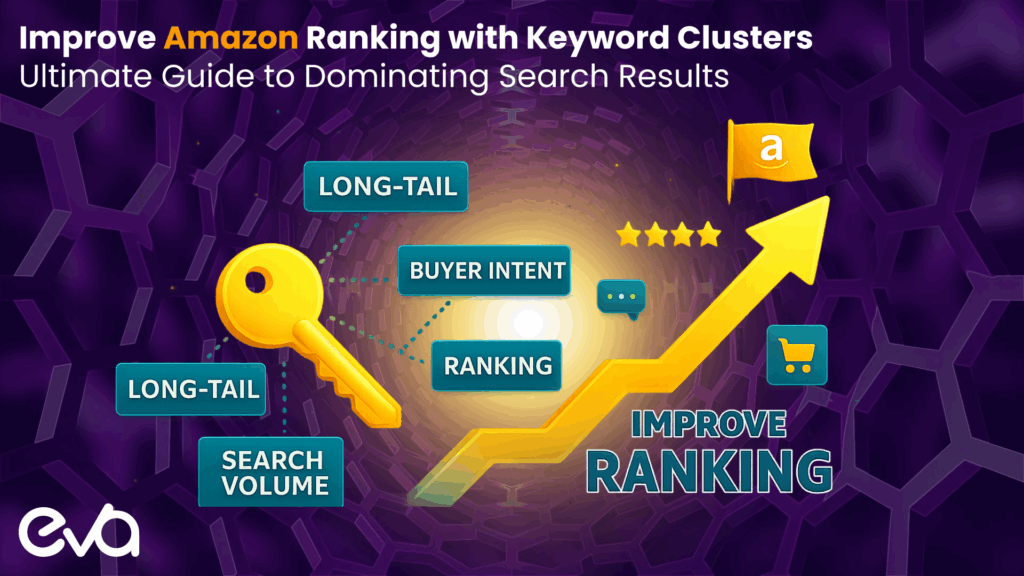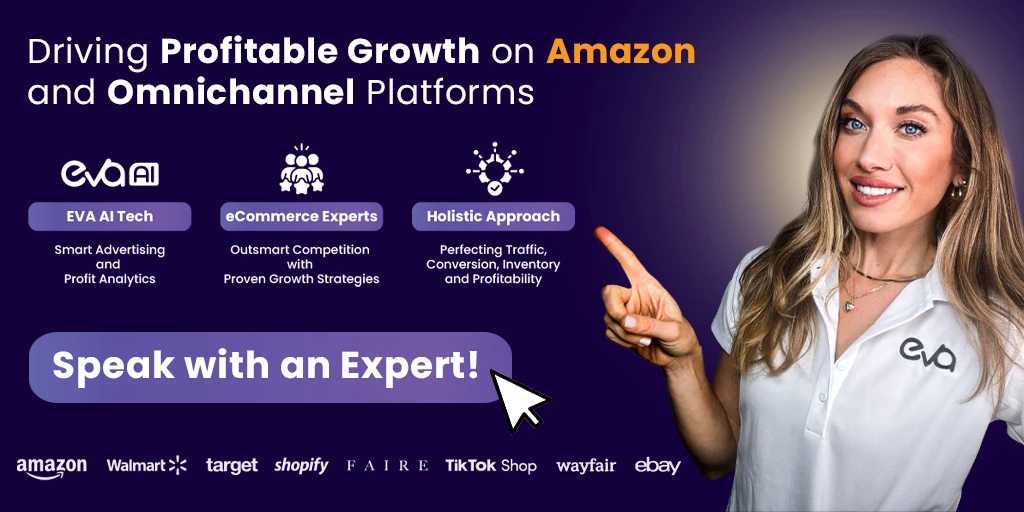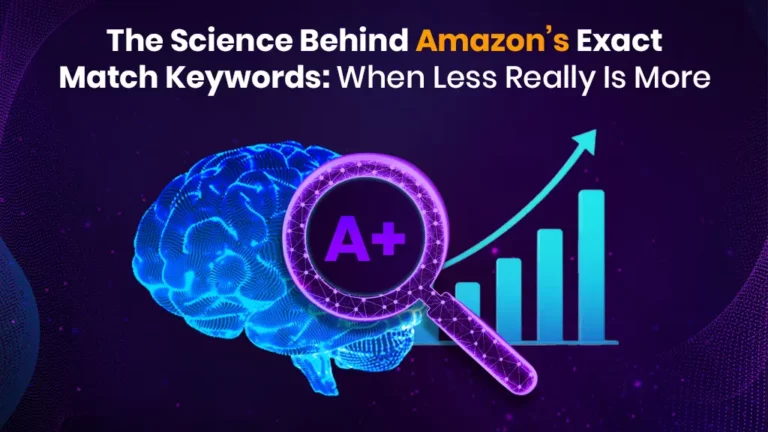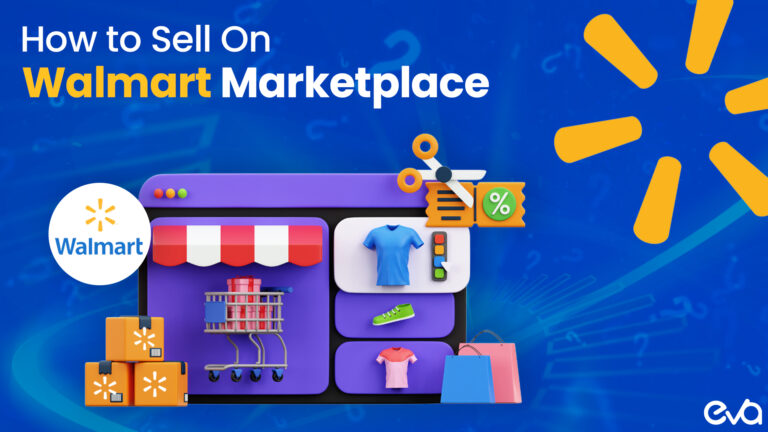Amazon’s marketplace has evolved into a battlefield where over 9.7 million sellers compete for visibility among 350 million active products. The most successful sellers have come to understand that traditional keyword optimization is dead. Single-keyword targeting won’t cut it when you’re managing multi-million dollar inventories and competing against enterprise-level brands.
The game-changer? Strategic keyword clustering that transforms how Amazon’s A10 algorithm perceives your brand authority.
Professional sellers have implemented advanced keyword clustering strategies that increase organic visibility by up to 1,250% while reducing ad spend dependency. This isn’t about stuffing keywords – it’s about creating semantic authority that makes Amazon’s algorithm work for you, not against you.
Table of Contents
- Why Amazon’s A10 Algorithm Rewards Clustering Over Individual Keywords
- The Professional Framework: SERP-Based Clustering for Maximum ROI
- Real Results: How Professional Clustering Drives Success
- Advanced Clustering: The Enterprise Advantage
- The Technical Infrastructure Behind Clustering Success
- Implementation Strategy for Revenue-Focused Sellers
- The Complexity of Professional Implementation
- Measuring Clustering Success
- The Best Full Service Amazon Agencies Deliver Superior Results
- How an Amazon Agency Can Help
Why Amazon’s A10 Algorithm Rewards Clustering Over Individual Keywords
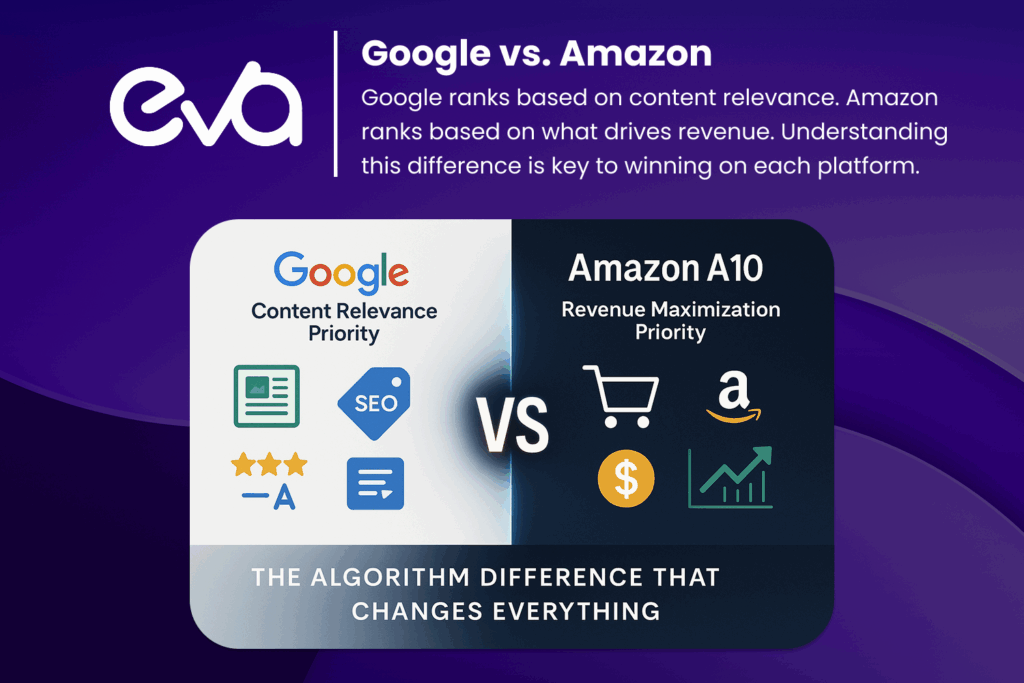
Amazon’s A10 algorithm has one obsession: maximizing revenue per search. Unlike Google, which prioritizes content relevance, Amazon’s machine learning system evaluates your ability to convert browsers into buyers across related search queries.
Here’s what separates successful sellers from the rest: Amazon’s A10 algorithm doesn’t see individual keywords – it sees topical clusters that indicate comprehensive market coverage.
When your listing demonstrates authority across related search terms, the A10 system interprets this as higher conversion probability and rewards you with increased visibility.
Professional clustering strategies leverage this algorithmic behavior by:
- Identifying semantic keyword relationships that manual research misses
- Creating automated bid adjustments across entire keyword families
- Optimizing for conversion-focused keyword clusters rather than vanity metrics
The data proves this approach works. Advanced sellers see an average 51% increase in profits because they’re not just driving traffic – they’re driving qualified traffic across interconnected keyword clusters that convert.
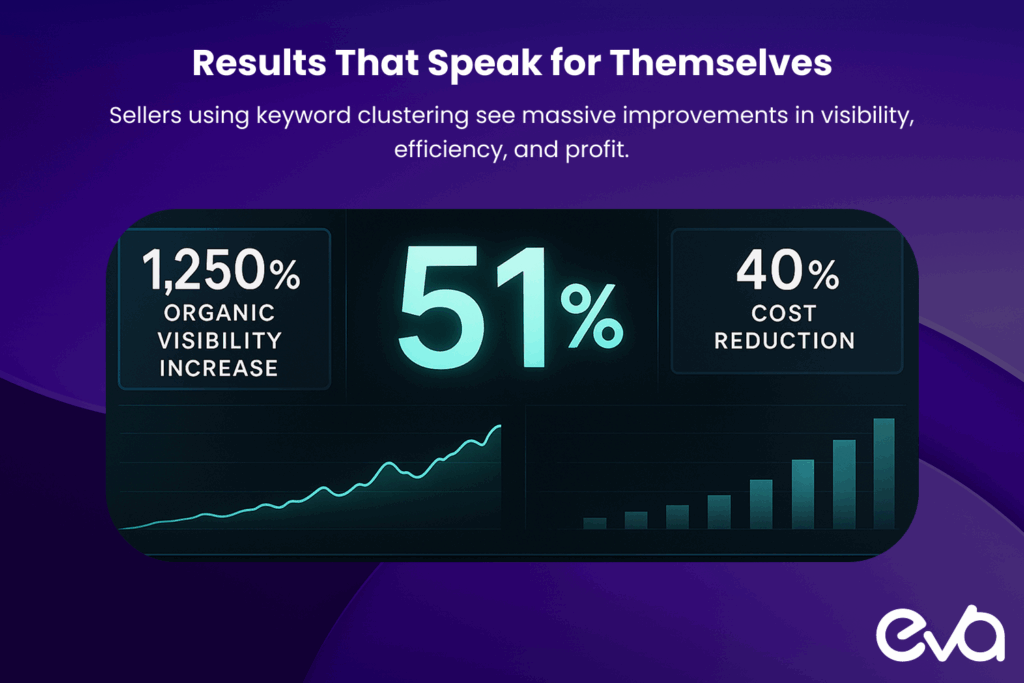
The Professional Framework: SERP-Based Clustering for Maximum ROI
Traditional keyword clustering groups words by semantic similarity. That’s amateur hour.
Professional-grade clustering analyzes which products actually rank together in Amazon’s search results, revealing hidden opportunities where a single optimized listing can dominate multiple high-value search queries.

Phase 1: Competitive Intelligence and Market Gap Analysis
Professional clustering begins with competitive intelligence that most sellers never access. Advanced practitioners reverse-engineer successful ASINs to extract their keyword strategies, but more importantly, they identify the gaps competitors are missing.
Professional analysis reveals:
- Which keyword clusters drive the most profitable traffic for competitors
- Untapped long-tail clusters with high commercial intent
- Opportunities to consolidate multiple keyword targets into single listings
- Market gaps where smaller players can outmaneuver established brands
Phase 2: Strategic Cluster Development
The magic happens in cluster creation. Professional sellers don’t group keywords by what makes sense semantically – they group them by what converts profitably.
High-converting cluster categories include:
Problem-Solution Clusters: Keywords that address specific customer pain points
- Example: “back pain relief,” “ergonomic support,” “posture correction”
Feature-Benefit Clusters: Technical specifications paired with outcome-focused terms
- Example: “noise canceling,” “crystal clear calls,” “focus enhancement”
Competitive Comparison Clusters: Terms customers use when evaluating alternatives
- Example: “vs Brand X,” “better than,” “alternative to”
Lifecycle Stage Clusters: Keywords aligned with different purchase journey phases
- Example: “best,” “review,” “buying guide” vs. “cheap,” “discount,” “deal”
For example, instead of targeting “wireless headphones” as a standalone keyword, professionals create clusters around “noise canceling wireless headphones for commuting,” “workout wireless earbuds sweat proof,” and “gaming headset wireless low latency.” Each cluster captures different customer intents while building comprehensive topical authority.
Phase 3: Implementation Across Amazon’s Ecosystem
Keyword clustering isn’t just about product listings – it’s about creating ecosystem-wide authority that Amazon’s A10 algorithm can’t ignore.
Professional implementation includes:
- Product listing optimization: Strategic keyword distribution across titles, bullets, and descriptions
- Amazon DSP campaigns: Behavioral targeting based on clustered keyword audiences
- Sponsored ad campaigns: Cluster-based PPC strategies that reduce cost-per-acquisition
- Content syndication: Brand Store and A+ Content that reinforces cluster authority
Real Results: How Professional Clustering Drives Success

Case Study 1: Outdoor Equipment Brand
- Revenue: $800K monthly
- Challenge: Competing against established brands with larger ad budgets
- Solution: Implemented SERP-based clustering across 200+ related keywords
- Results: 88% monthly traffic growth, 152% increase in top-10 rankings, outranked Amazon’s own product recommendations
Case Study 2: Health & Wellness Supplement
- Revenue: $450K monthly
- Challenge: FDA restrictions limiting advertising claims
- Solution: Created compliant keyword clusters focusing on lifestyle benefits
- Results: 95% reduction in stockouts, 40% operational cost reduction, 1,250% organic traffic increase
These results represent systematic approaches to marketplace dominance through advanced clustering methodologies that any seller can implement with the right strategy.
Advanced Clustering: The Enterprise Advantage
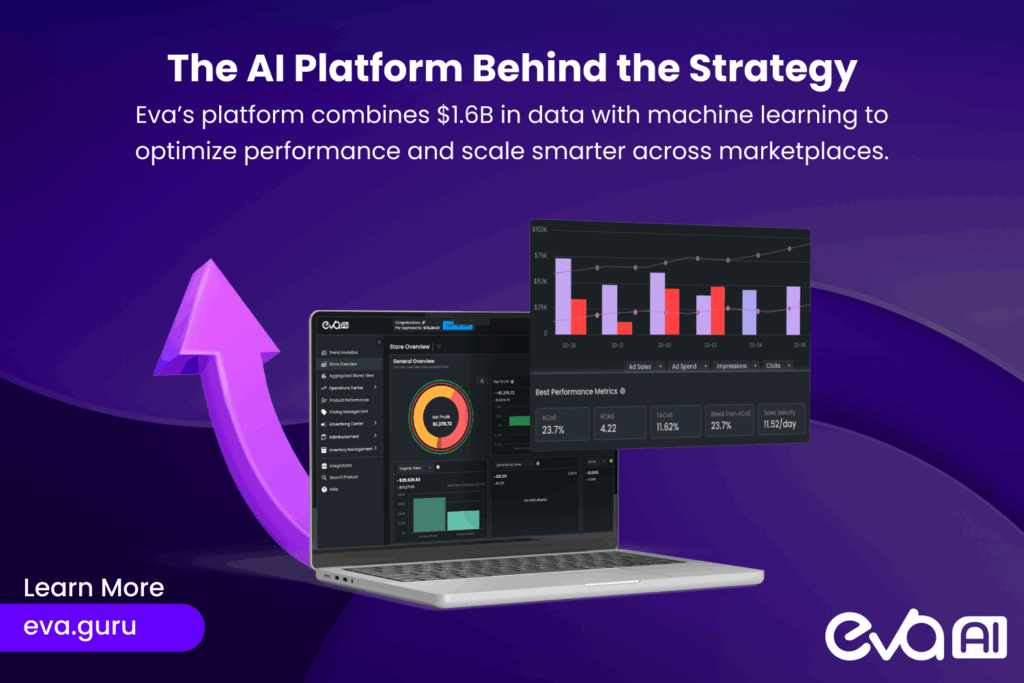
Professional clustering goes beyond basic keyword grouping – it implements AI-powered systems that adapt to Amazon’s algorithm changes in real-time.
Dynamic Cluster Evolution
Amazon’s A10 algorithm evolves constantly. Static keyword lists become obsolete within months. Professional platforms continuously analyze:
- Emerging search patterns and trending keywords
- Seasonal cluster performance variations
- Competitor strategy shifts and market responses
- Algorithm update impacts on cluster effectiveness
Integration with Omnichannel Strategy
Enterprise sellers don’t just dominate on Amazon – they leverage clustering across multiple platforms:
- Walmart marketplace optimization: Platform-specific clustering for Walmart’s unique algorithm
- Shopify integration: Consistent cluster authority across direct-to-consumer channels
- Cross-platform inventory management: Cluster-based forecasting and replenishment
The Technical Infrastructure Behind Clustering Success
Successful keyword clustering requires sophisticated tools and data analysis capabilities that individual sellers must carefully consider.
Professional clustering technology includes:
- Amazon Brand Analytics integration: First-party search data for accurate cluster identification
- Competitive intelligence platforms: Real-time competitor keyword tracking across thousands of ASINs
- AI-powered semantic analysis: Natural language processing for cluster relationship identification
- Performance attribution modeling: Cluster-level ROI analysis for strategic optimization
Automation That Scales
Manual clustering becomes impossible when managing diverse product portfolios across multiple marketplaces. Professional automation handles:
- Hourly bid adjustments: Cluster-based PPC optimization that responds to market changes
- Inventory-aware advertising: Prevents ad spend on out-of-stock cluster keywords
- Cross-platform synchronization: Maintains cluster consistency across Amazon, Walmart, and Shopify
Implementation Strategy for Revenue-Focused Sellers
If you’re generating $30K+ monthly revenue and ready to scale systematically, here’s the recommended clustering implementation framework:
Month 1: Foundation Building
- Comprehensive competitive analysis across your category
- SERP-based cluster identification for top-performing keywords
- Baseline performance measurement across existing listings
- Strategic cluster prioritization based on profit potential
Month 2-3: Systematic Optimization
- Cluster-optimized listing updates with performance tracking
- PPC campaign restructuring around high-value clusters
- Amazon DSP implementation for audience-based cluster targeting
- Cross-platform cluster integration for omnichannel consistency
Month 4+: Scaling and Refinement
- Performance-based cluster expansion into adjacent markets
- Advanced competitive displacement strategies
- International marketplace cluster adaptation
- Long-term cluster authority building through content syndication
The Complexity of Professional Implementation
Keyword clustering sounds straightforward until you realize the complexity involved in professional implementation:
Data Analysis Requirements
- Processing thousands of keywords across multiple data sources
- Identifying semantic relationships that drive actual conversions
- Monitoring cluster performance across changing market conditions
- Integrating clustering with broader business strategy
Technical Execution Challenges
- Amazon’s character limits and content restrictions
- Platform-specific algorithm requirements across marketplaces
- Integration with existing advertising and inventory management systems
- Maintaining cluster consistency while optimizing for conversions
Strategic Considerations
- Balancing short-term ranking gains with long-term authority building
- Allocating resources across competing cluster opportunities
- Adapting clusters to product lifecycle and seasonal variations
- Coordinating clustering with broader omnichannel strategy
This complexity explains why many successful enterprise sellers partner with specialized agencies rather than attempting DIY implementation.
Measuring Clustering Success
Key performance indicators for clustering effectiveness:
- Organic ranking improvements: Track position changes across cluster keywords
- Traffic diversity: Monitor traffic distribution across different keyword groups
- Conversion rate optimization: Measure cluster-specific conversion performance
- Cost per acquisition: Analyze CPA improvements through cluster targeting
- Market share growth: Track competitive positioning within keyword clusters
Professional monitoring includes:
- Weekly cluster performance reports
- Competitive positioning analysis
- Algorithm change impact assessment
- ROI optimization recommendations
The Best Full Service Amazon Agencies Deliver Superior Results
The sellers dominating Amazon aren’t working harder – they’re working smarter with advanced clustering strategies that individual competitors struggle to replicate without significant investment in tools, expertise, and systematic processes.
The best full service Amazon agencies are able to combine AI-powered technology with strategic marketplace expertise to deliver sustainable competitive advantages. Rather than just optimizing individual listings, sophisticated clustering builds systematic market dominance that compounds over time.
The difference between temporary ranking improvements and lasting marketplace success lies in understanding how strategic keyword clustering creates algorithmic favorability that drives long-term growth.
How an Amazon Agency Can Help
For brands generating significant Amazon revenue, the choice becomes clear: continue struggling with basic keyword optimization that limits growth potential, or invest in professional-grade clustering strategies that transform advertising from a cost center into a predictable growth engine.
Eva: Advanced Clustering Implementation
The complexity of implementing and maintaining professional-grade clustering strategies increases exponentially with business scale. For brands generating $50K-$1.5M+ monthly revenue, the choice between amateur keyword optimization and systematic clustering dominance becomes a critical business decision.
Eva’s AI-powered platform delivers the sophisticated clustering architecture that individual sellers cannot replicate:
Advanced Clustering Intelligence
Eva’s proprietary algorithms analyze over $1.6 billion in optimized performance data to identify patterns that drive sustained results:
- Algorithmic alignment: Eva’s AI ensures clustering strategies meet Amazon’s A10 preferences for maximum organic ranking benefits
- Predictive optimization: Machine learning models anticipate market changes before they impact your performance
- Cross-platform integration: Unified clustering management across Amazon, Walmart, and other marketplaces
Enterprise-Level Automation
Professional clustering requires sophistication that goes beyond basic keyword research:
- Real-time cluster optimization: Dynamic adjustments that respond to market conditions and algorithm changes
- Inventory-aware clustering: Automatic optimization prevents wasted effort on out-of-stock products
- Competitive intelligence: Continuous monitoring and response to competitor clustering strategies
Strategic Implementation Expertise
Eva’s growth experts don’t just implement tactics – we engineer comprehensive clustering strategies that align with your business objectives:
- Portfolio optimization: Strategic cluster development across your entire product catalog
- Lifecycle management: Different clustering approaches for launch, growth, and mature phases
- Omnichannel coordination: Integrated clustering that amplifies performance across all sales channels
Proven Results for Enterprise Clients
Eva’s systematic clustering approach delivers measurable competitive advantages:
- 51% average profit increase through strategic cluster optimization
- 1,250% organic visibility growth for properly implemented clustering strategies
- 40% operational cost reduction via automated clustering systems
Ready to unlock the power of professional keyword clustering?
Eva’s comprehensive platform combines AI-powered clustering technology with strategic marketplace expertise to create sustainable competitive advantages.
Our growth experts are analyzing businesses like yours right now, identifying clustering opportunities that could fundamentally change your competitive position. The difference between hoping for better rankings and engineering systematic marketplace dominance lies in professional clustering implementation.
Claim your free brand audit and strategic analysis to discover how advanced keyword clustering can unlock exponential growth for your brand.
When you work with Eva, you’re not just getting keyword optimization – you’re building the systematic clustering infrastructure that separates market leaders from everyone else competing for visibility.

